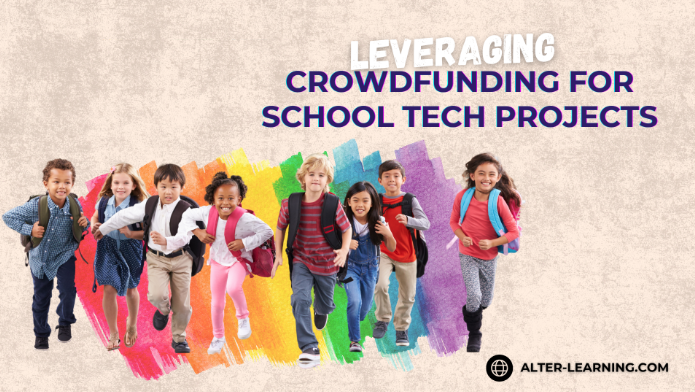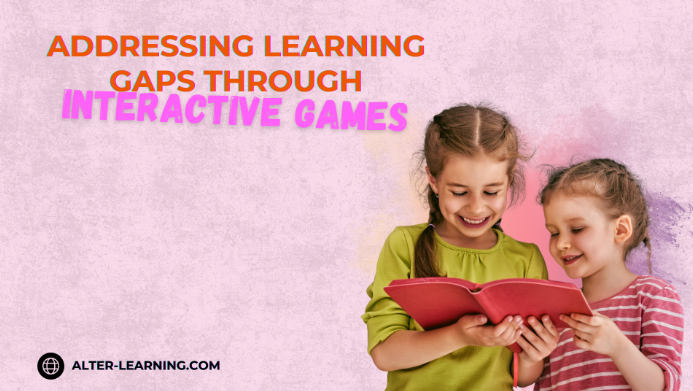Bringing new technology into the classroom can spark curiosity, deepen learning, and help students build real-world skills. But for many educators, tight budgets and limited resources can make it difficult to access the tools that support interactive, engaging lessons—especially when it comes to immersive learning platforms or STEAM-related technology. That’s where crowdfunding offers a creative, community-driven solution.
By leveraging crowdfunding platforms, teachers, schools, and education advocates can raise the resources needed to bring educational technology into their classrooms—turning ambitious ideas into tangible learning opportunities.
Why Crowdfunding for Classroom Technology Works
Crowdfunding taps into the collective power of families, community members, and supporters who want to invest in students’ futures. For projects that aim to enhance learning through technology, this approach can:
- Provide access to STEAM educational games, interactive VR simulations, and engineering challenges for students,
- Fund devices, apps, and platforms that support immersive learning environments,
- Cover the costs of teacher training and implementation,
- Enable schools to adopt accessible, inclusive technology tools that support all learners,
- Generate awareness and community engagement around educational innovation.
When traditional funding sources fall short, crowdfunding can help make technology integration possible.
Planning a Successful School Tech Crowdfunding Campaign
Like any project, successful crowdfunding requires preparation and clear communication. Educators looking to fund technology projects can increase their chances of success by following a few key steps:
1. Define a Clear, Achievable Goal
Be specific about what the funds will support. Whether it’s purchasing VR education apps, expanding access to interactive STEAM learning, or outfitting classrooms with tablets, clarity builds trust.
2. Connect to Learning Outcomes
Explain how the technology will benefit students. For example, highlight how immersive tools can help students:
- Explore science games for kids,
- Engage with math puzzle games and 3D geometry puzzles,
- Participate in collaborative projects that build problem-solving and creativity.
Linking the project to academic and social-emotional growth makes the case stronger.
3. Choose the Right Platform
Popular platforms are tailored for educational projects. Research each option to find the best fit for your school’s needs.
4. Tell a Compelling Story
Use video, photos, or student testimonials to show why the project matters. Personal stories often inspire more support than lists of technical features.
5. Engage Your Community
Encourage families, local businesses, and community organizations to get involved. Crowdfunding isn’t only about raising money—it’s an opportunity to build partnerships and shared investment in student success.
Crowdfunding and Educational Equity
Technology can open doors—but only if all students have access to it. Crowdfunding can play a role in reducing disparities, especially when projects:
- Focus on accessibility features, ensuring platforms are inclusive for diverse learners,
- Provide resources for underserved classrooms or schools,
- Emphasize tools that promote social-emotional learning and collaboration, not just individual academic achievement,
- Include teacher support, ensuring educators have the tools and confidence to integrate technology effectively.
These considerations help ensure crowdfunding doesn’t just bring in technology—it helps make learning more equitable.
Complementing Crowdfunding with Thoughtful Planning
While crowdfunding can provide essential resources, successful technology integration also depends on:
- Ongoing teacher training,
- Curriculum alignment,
- Device management and technical support,
- Student-centered design, including accessible features and differentiated learning pathways.
Educational platforms, including those offering interactive STEAM learning, often work with schools to ensure that new tools are implemented effectively—amplifying the impact of crowdfunding efforts.
A Community Approach to Classroom Innovation
Bringing immersive technology and interactive learning into classrooms doesn’t have to rely solely on district budgets or grants. Crowdfunding offers a way to engage communities, generate excitement, and invest in student opportunities.
With clear goals, authentic storytelling, and a focus on educational impact, schools can turn crowdfunding campaigns into more than fundraising efforts—they become collaborative projects that connect students, families, and educators in building dynamic, future-ready classrooms.
Follow Alter-Learning for more insights into immersive education, edtech success stories, and the future of learning. Want to explore how VR/AR could transform your school or learning platform? Let’s connect.




